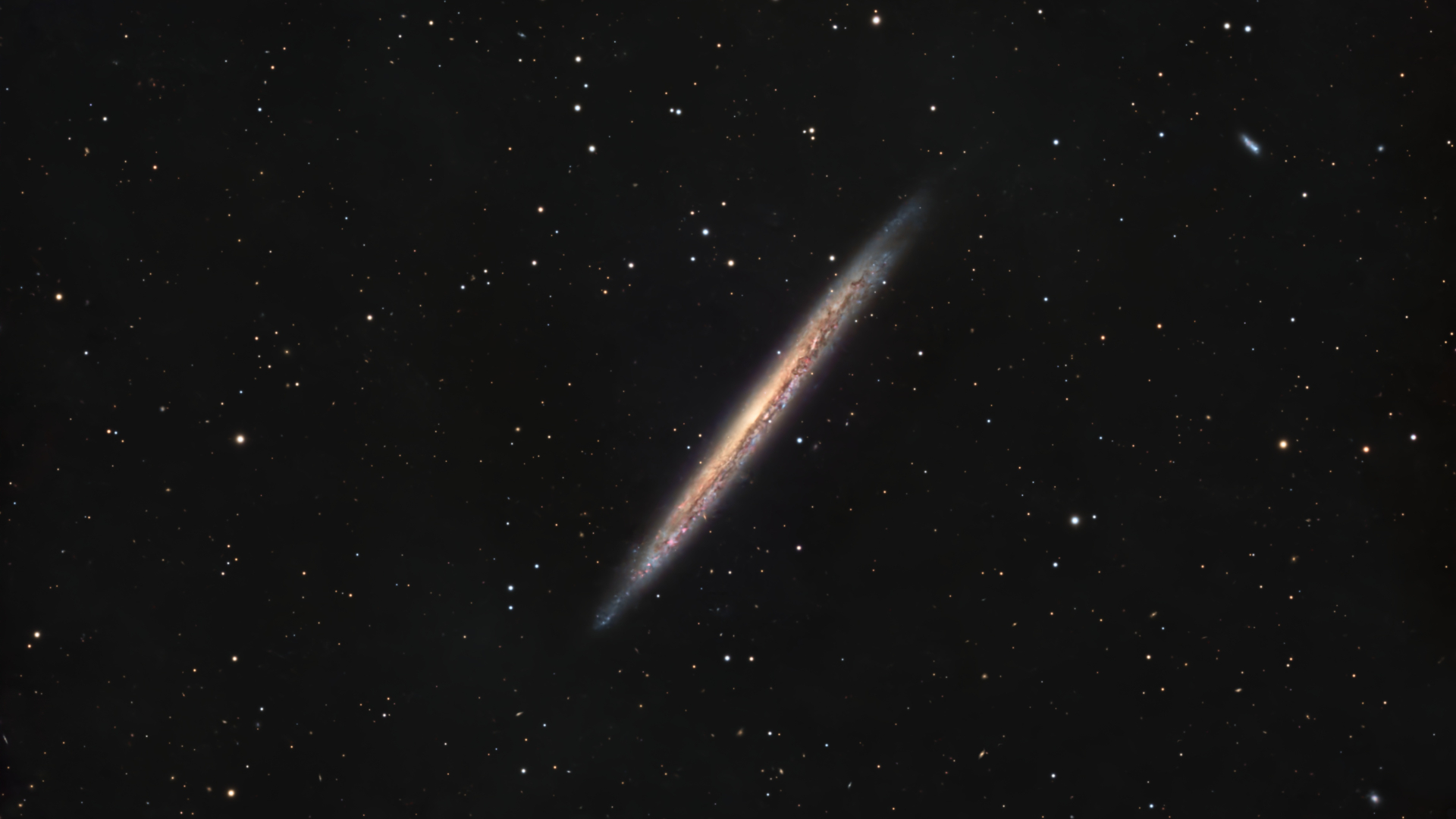Dwarf Planet Ceres May Be Wrinkling As It Shrinks
The dwarf planet is apparently displaying some Mars-like behavior.

Ceres, the closest dwarf planet to Earth, may be wrinkling as it shrinks, a new study finds.
With a width of about 585 miles (940 kilometers), Ceres is both a dwarf planet and the largest member of the asteroid belt located between Mars and Jupiter. Previous research found that the dwarf planet was not made up solely of rock, but composed partly of both icy and rocky material.
Icy moons a bit larger than Ceres, such as Jupiter's moons Europa and Ganymede, possess rifts and other features on their surfaces, which prior studies have suggested are a result of their cooling. Liquid water is more dense than ice, which is why ice floats on water, so as Europa and Ganymede cooled over time, the resulting ice expanded their interiors, cracking their surfaces, the idea goes.
Related: Photos: Dwarf Planet Ceres, the Solar System's Largest Asteroid
In contrast, rocky worlds such as Mercury and Mars possess wrinkles on their surfaces that previous research suggested are a product of their shrinking. Solid rock is more dense than molten rock, so as Mercury and Mars cooled and their rock solidified, they contracted, generating features such as thrust faults — cracks in the surface where older rock is pushed above younger rock.
The scientists detailed their findings online July 1 in the journal Nature Astronomy.
Now scientists report that they may have detected thrust faults on Ceres, which suggests that the asteroid is shrinking over time, unlike icy bodies of comparable size.
Get the Space.com Newsletter
Breaking space news, the latest updates on rocket launches, skywatching events and more!
"For me, the most surprising result is finding a class of tectonic features typical of terrestrial planets in a dwarf planet that is not a terrestrial planet," study lead author Javier Ruiz, a planetary scientist at Complutense University of Madrid, told Space.com.
The researchers analyzed images that NASA's Dawn spacecraft captured in 2015 and 2016 as it orbited about 240 miles (385 km) above the surface of Ceres. They found ridges, fractures and slopes linked with 15 possible thrust faults on Ceres that closely resemble features linked with shrinking on Mercury and Mars.
These newfound features seem more abundant in ancient terrains closer to Ceres' poles than its equator. However, the researchers cautioned that the findings might only be due to how lighting made those features easier to see.
The scientists suggested that Ceres may have shrunk as the dwarf planet's innards separated into different layers as it cooled, a bit like how Earth's interior separated into a core, mantle and crust layers over time. When Ceres was born, it was likely a porous mix of rock and ice, and as its slushy body divided into layers, empty pores would have gotten filled, leading it to contract, Ruiz said.
Future analysis of Ceres' thrust faults might "give a lot of valuable information on the nature of the crust, the proportion and nature of ices and rocks, and hence to improving our understanding of the evolution of Ceres," Ruiz said.
- Dwarf Planet Ceres: Biggest in the Asteroid Belt (Infographic)
- Dwarf Planet Ceres Hosted Near-Surface Water for Millions of Years
- A Weird Mud Plume May Have Built the Highest Peak on Dwarf Planet Ceres
Follow Charles Q. Choi on Twitter @cqchoi. Follow us on Twitter @Spacedotcom and on Facebook.
Join our Space Forums to keep talking space on the latest missions, night sky and more! And if you have a news tip, correction or comment, let us know at: community@space.com.

Charles Q. Choi is a contributing writer for Space.com and Live Science. He covers all things human origins and astronomy as well as physics, animals and general science topics. Charles has a Master of Arts degree from the University of Missouri-Columbia, School of Journalism and a Bachelor of Arts degree from the University of South Florida. Charles has visited every continent on Earth, drinking rancid yak butter tea in Lhasa, snorkeling with sea lions in the Galapagos and even climbing an iceberg in Antarctica. Visit him at http://www.sciwriter.us
